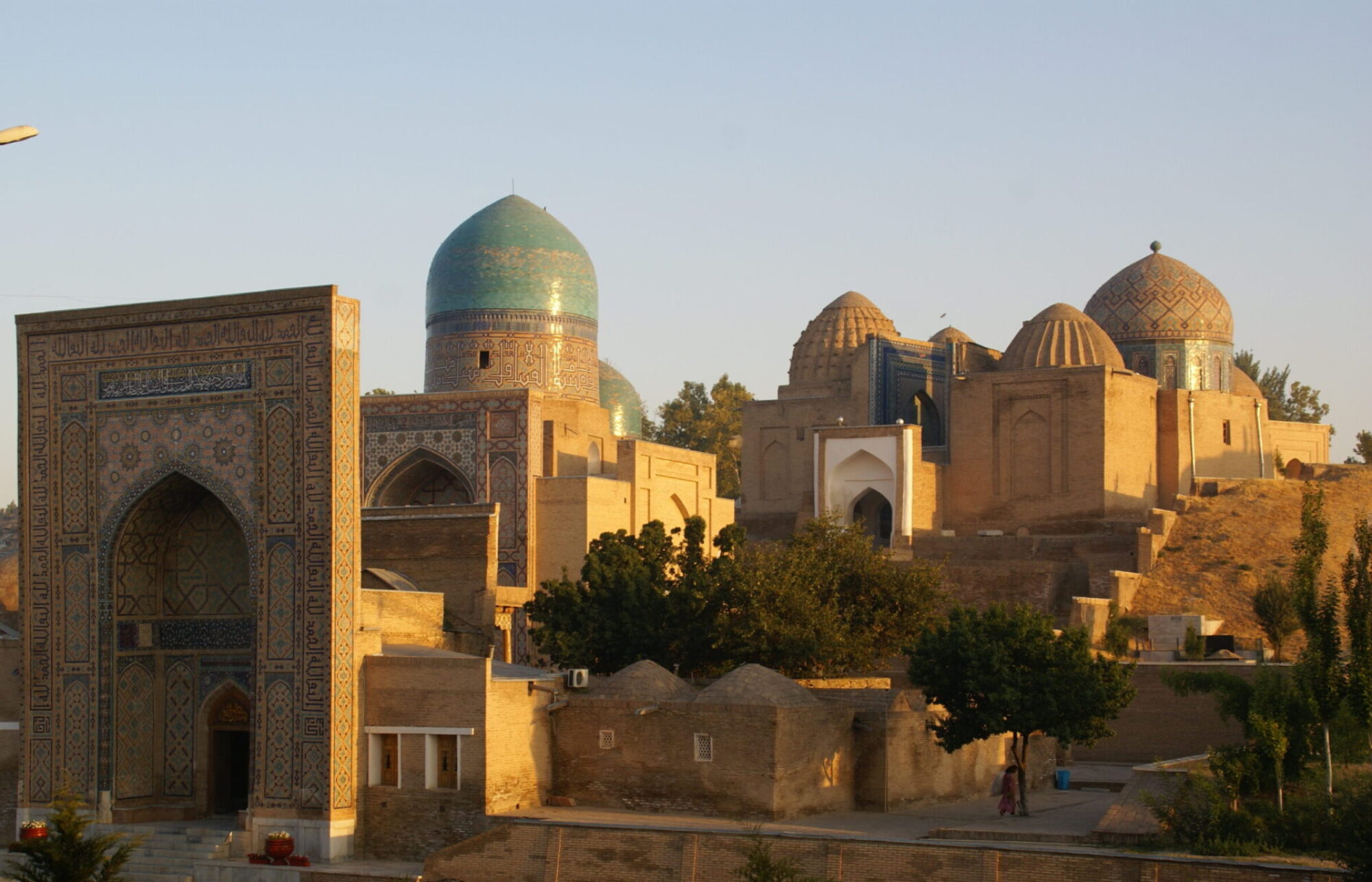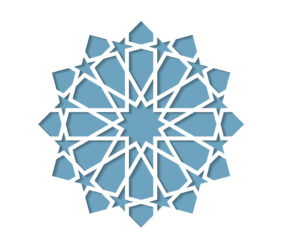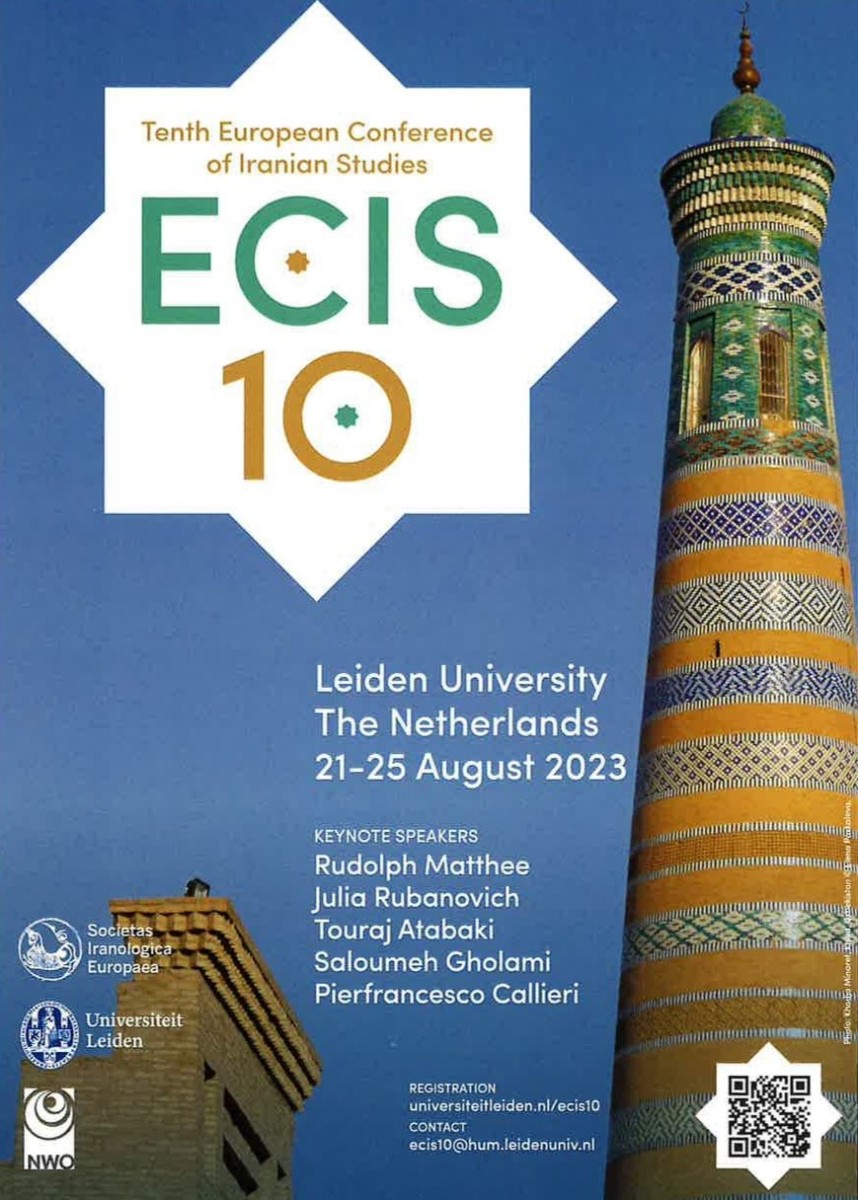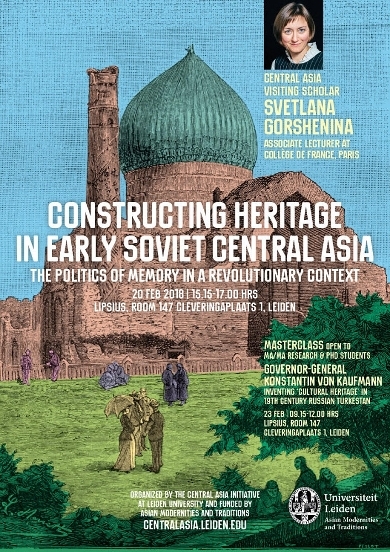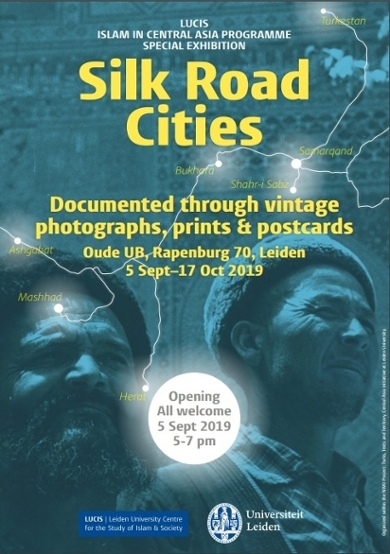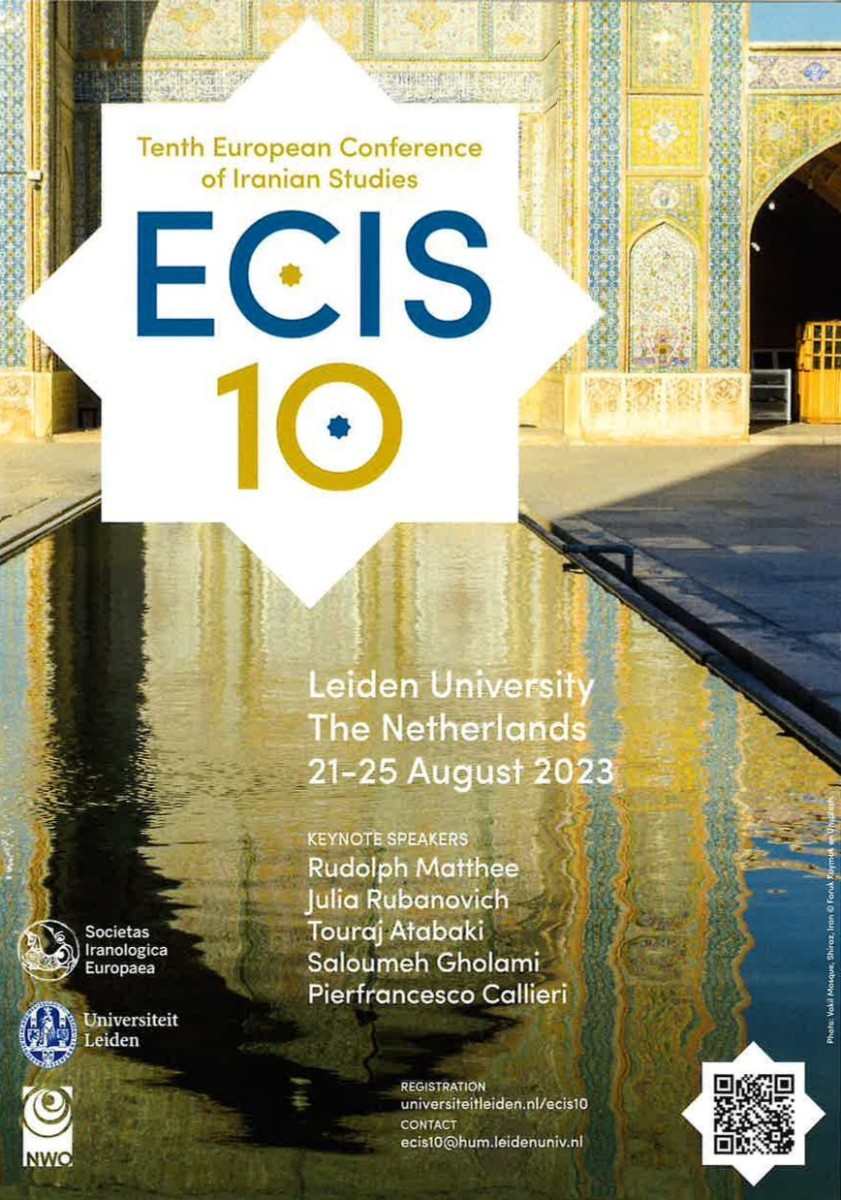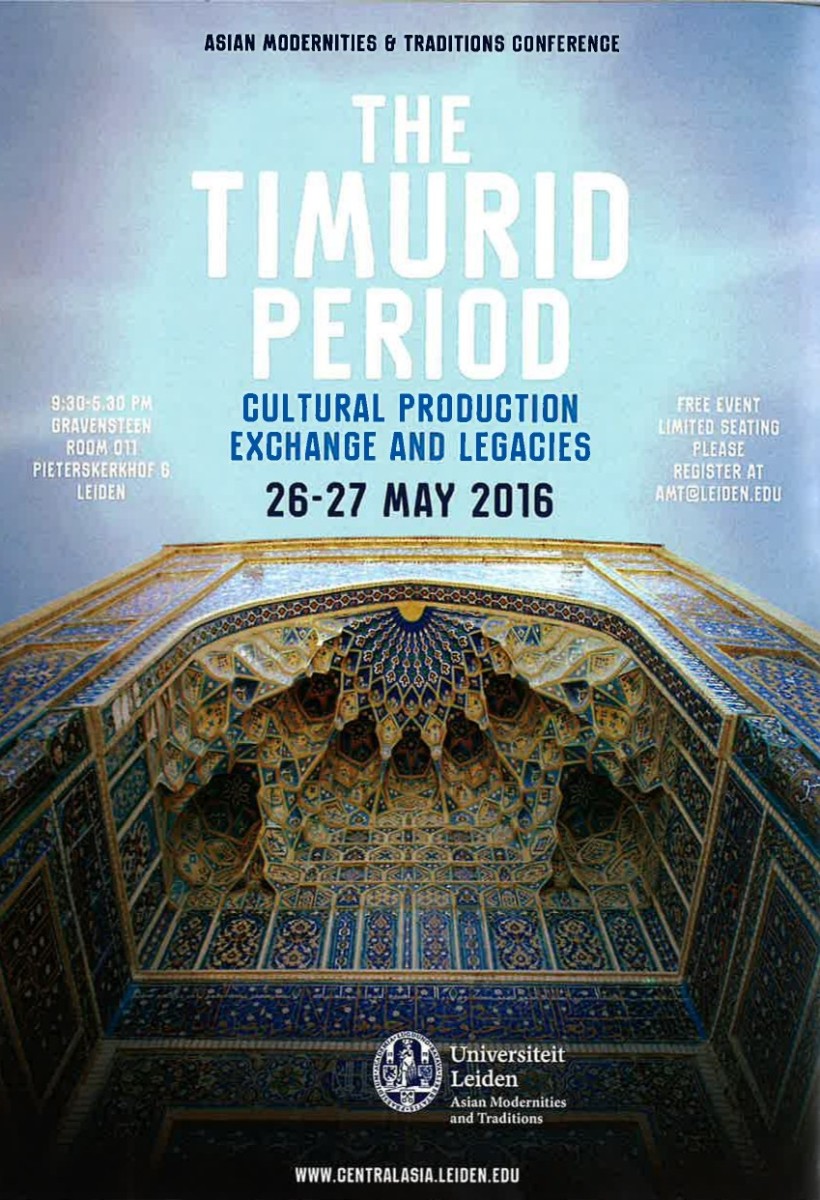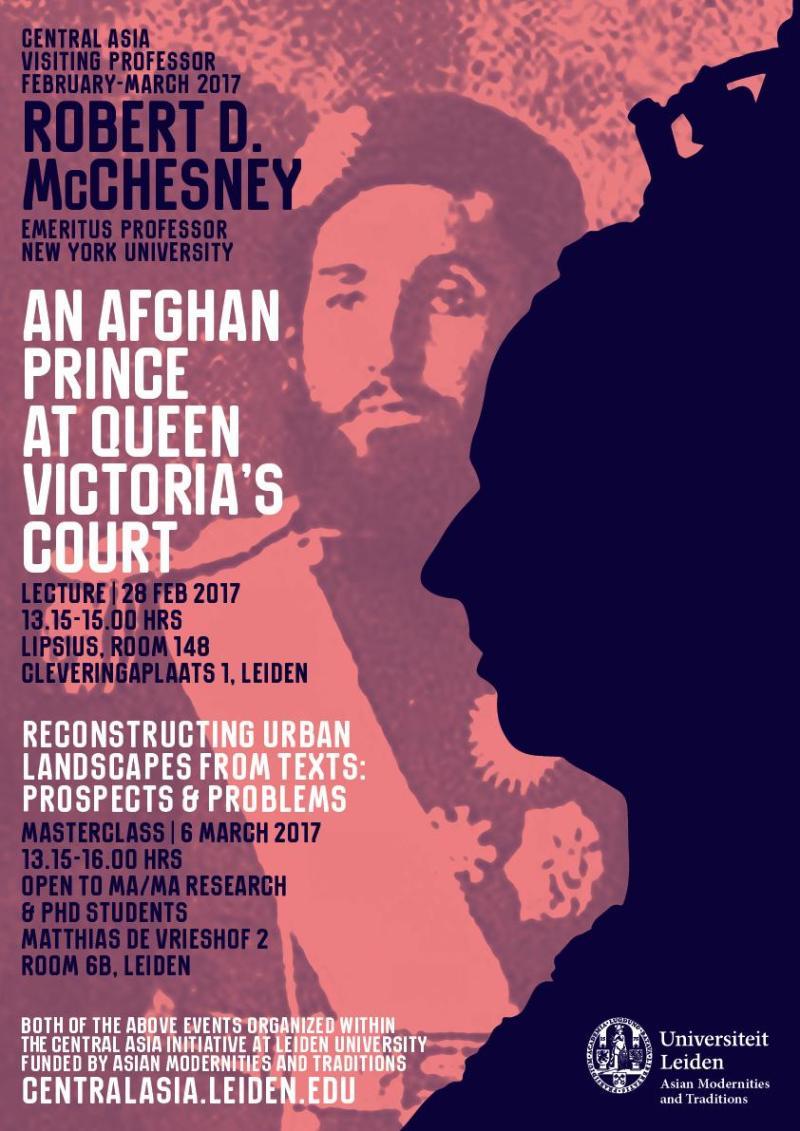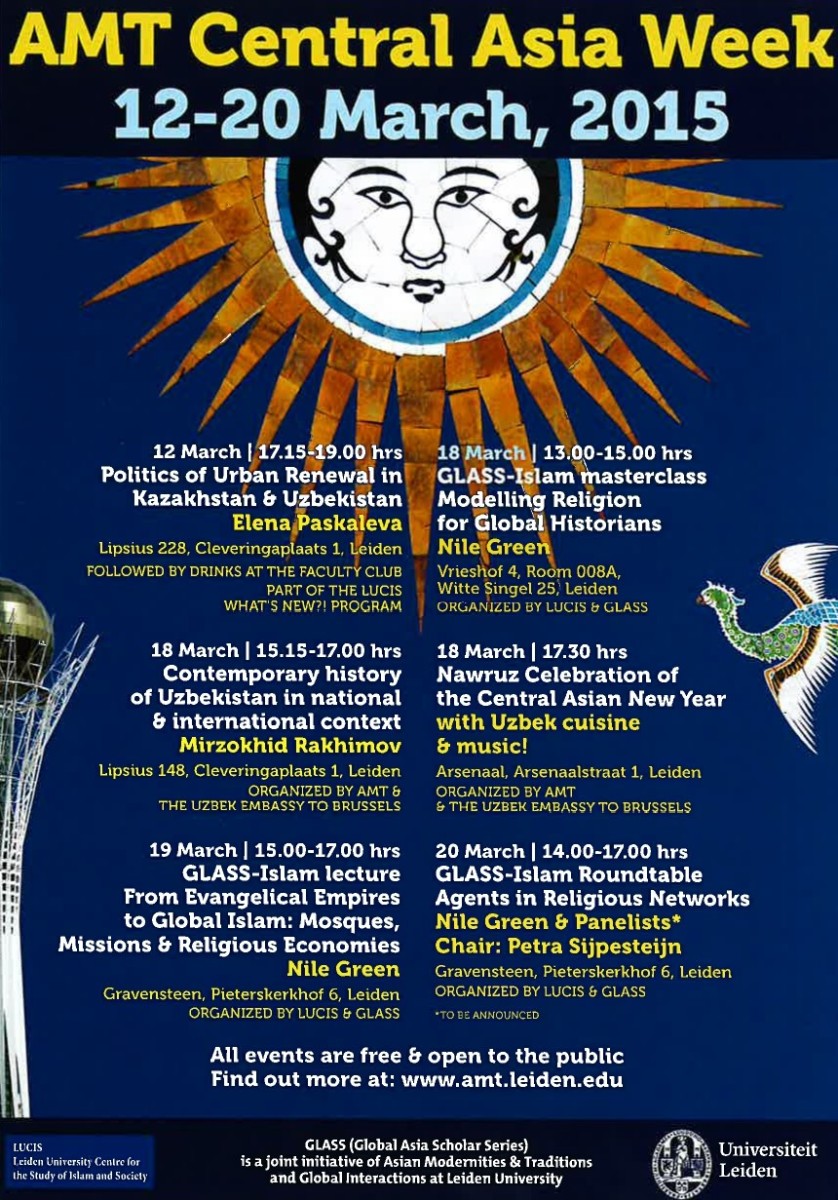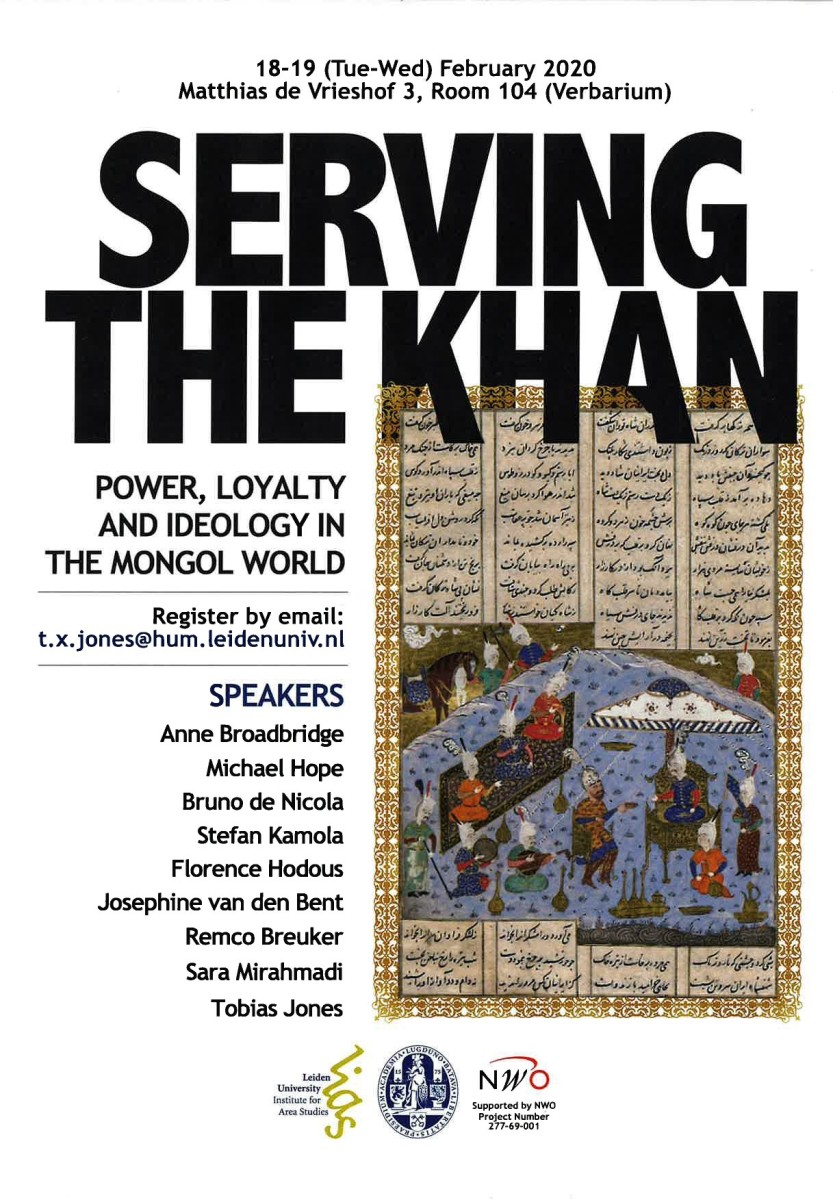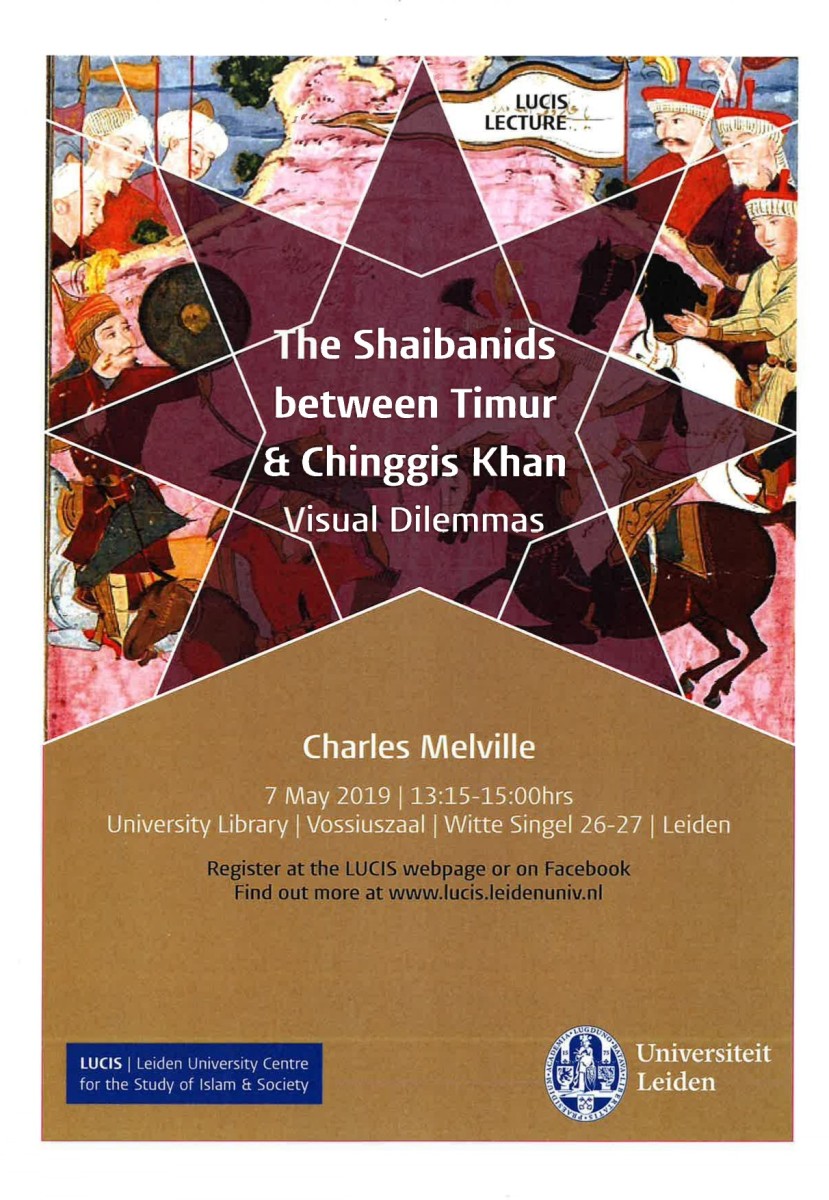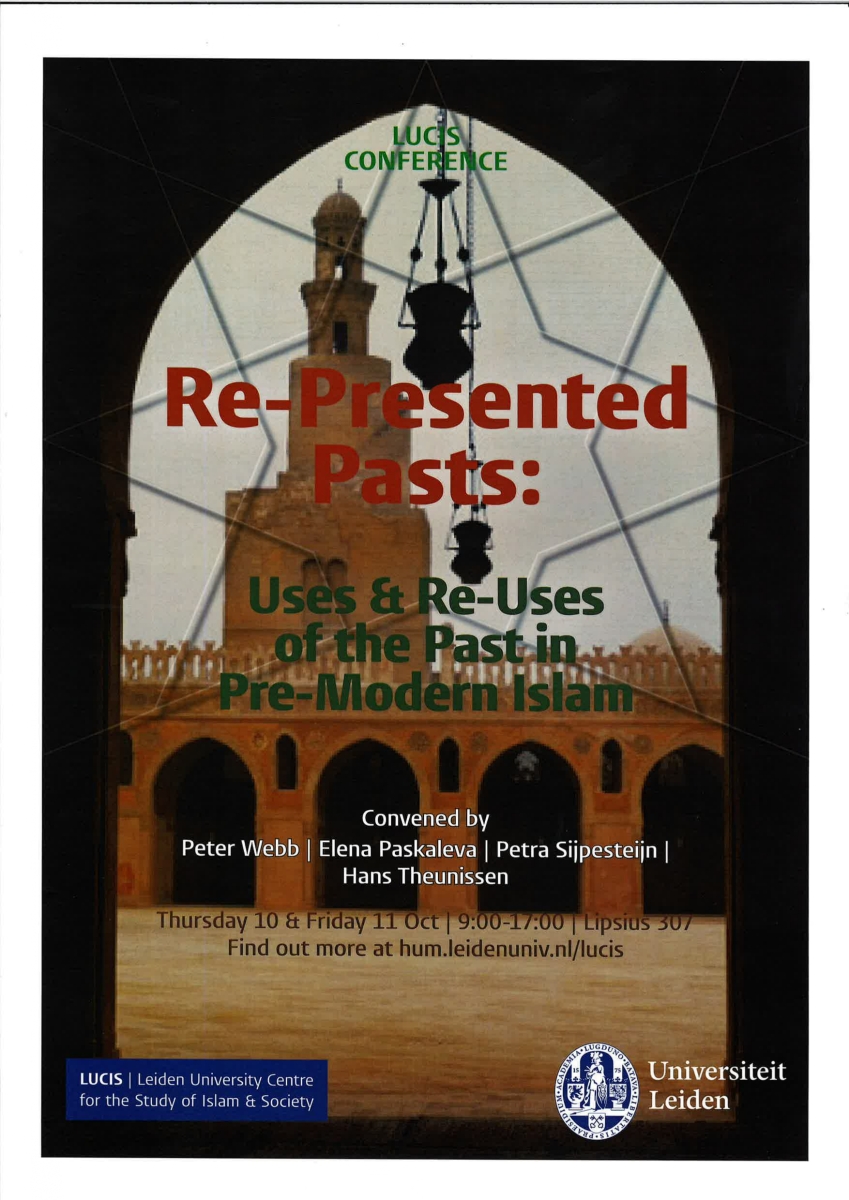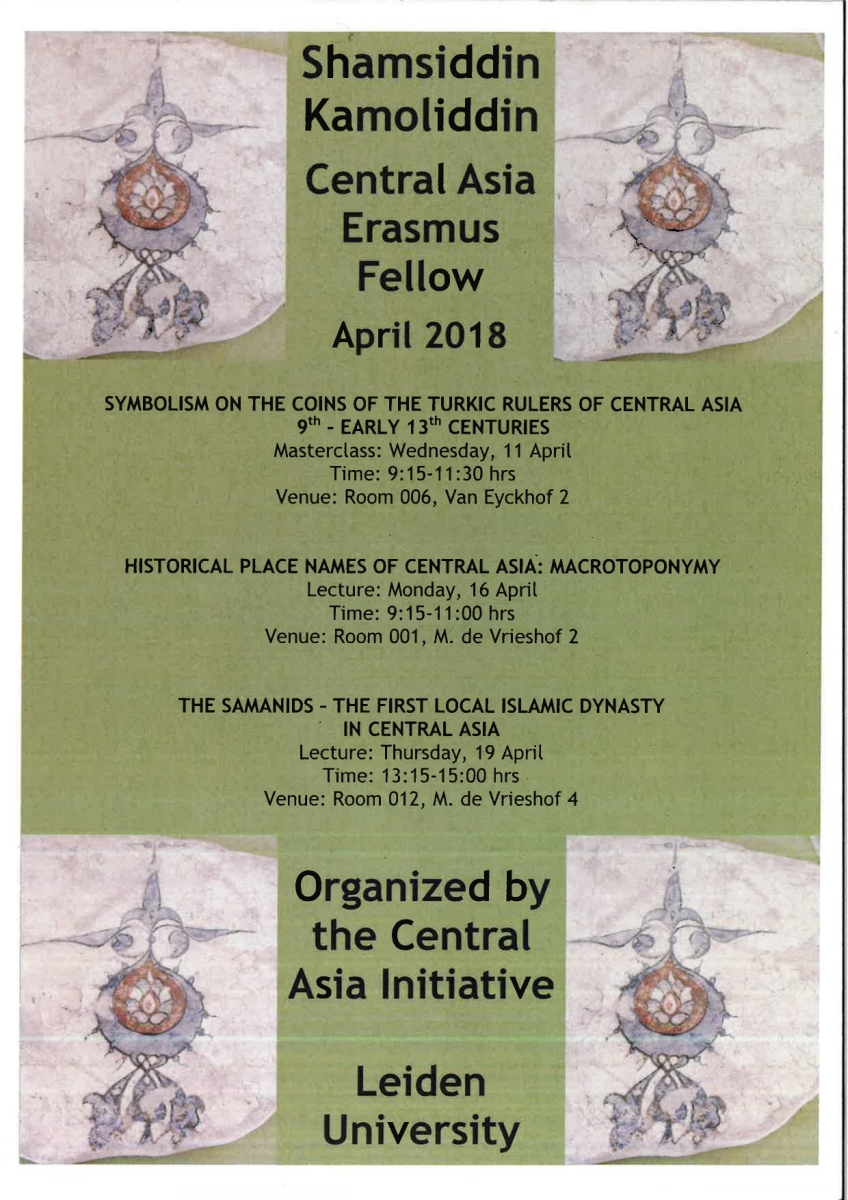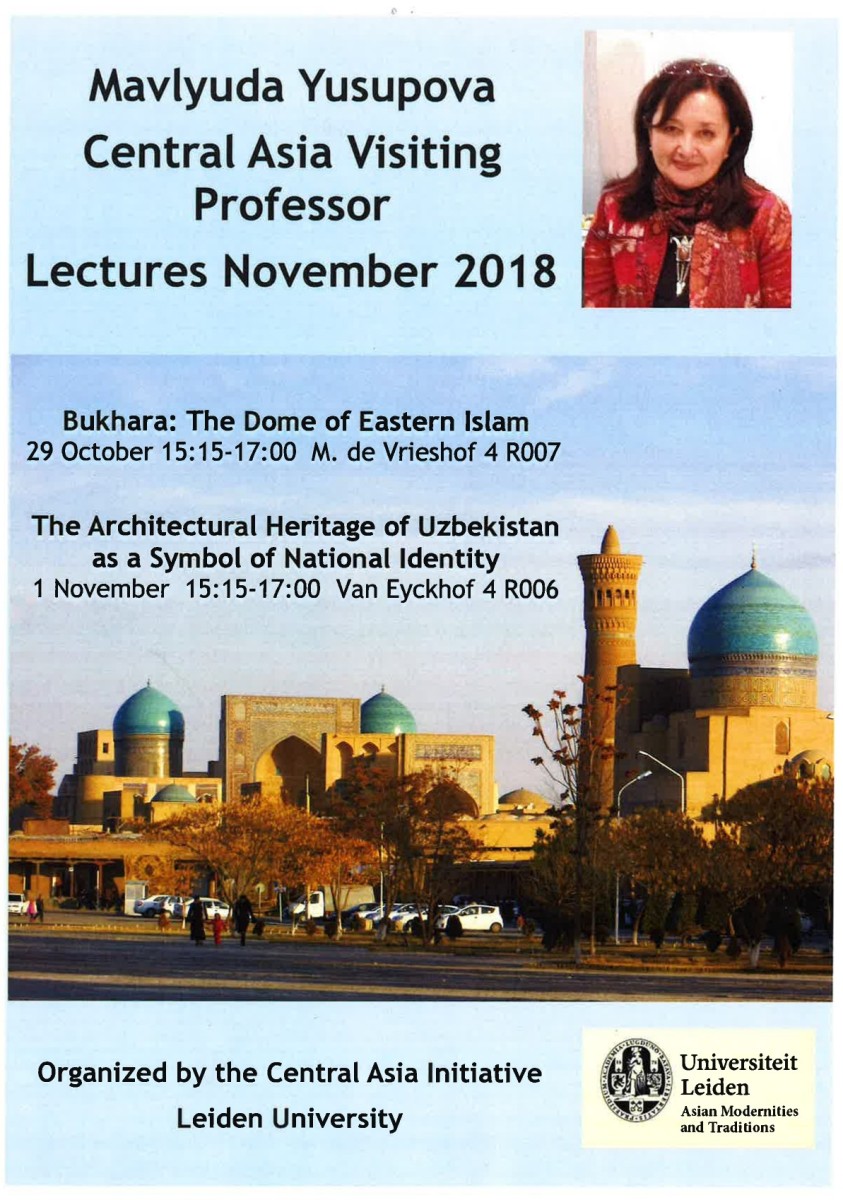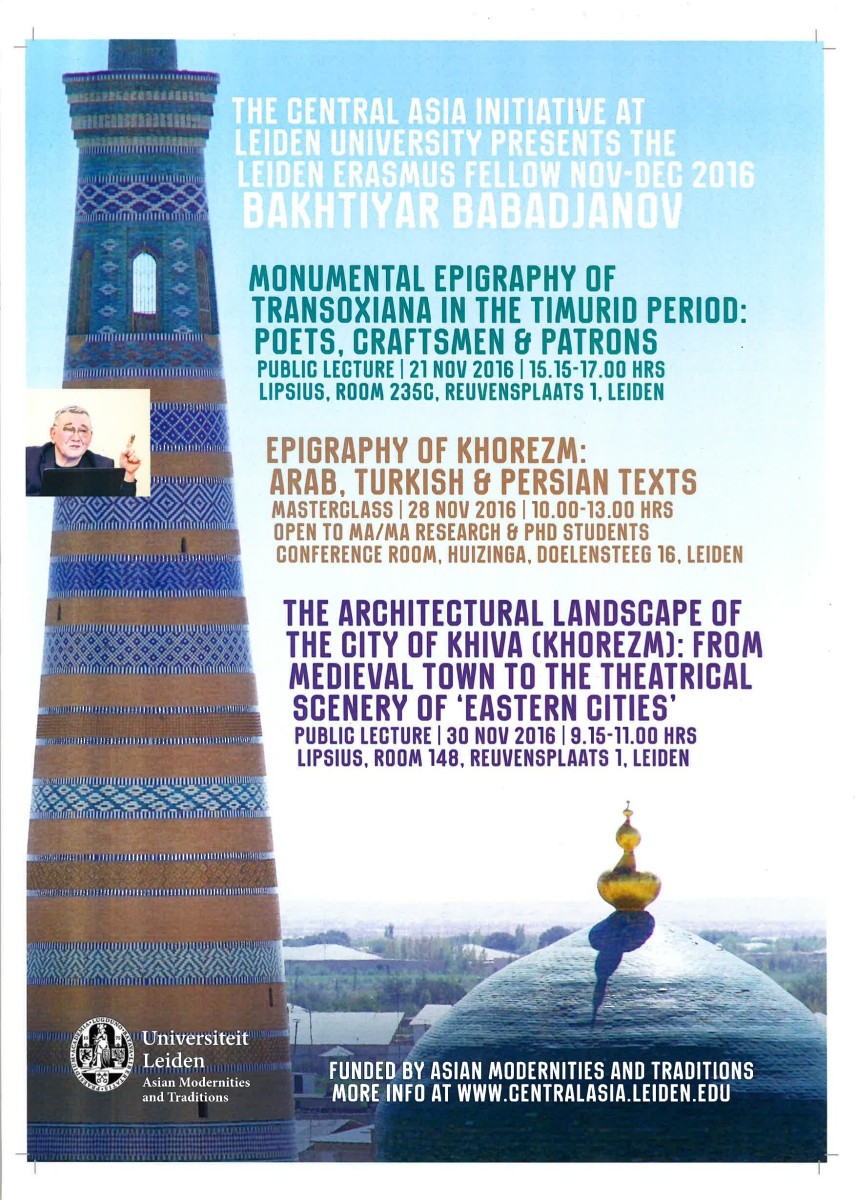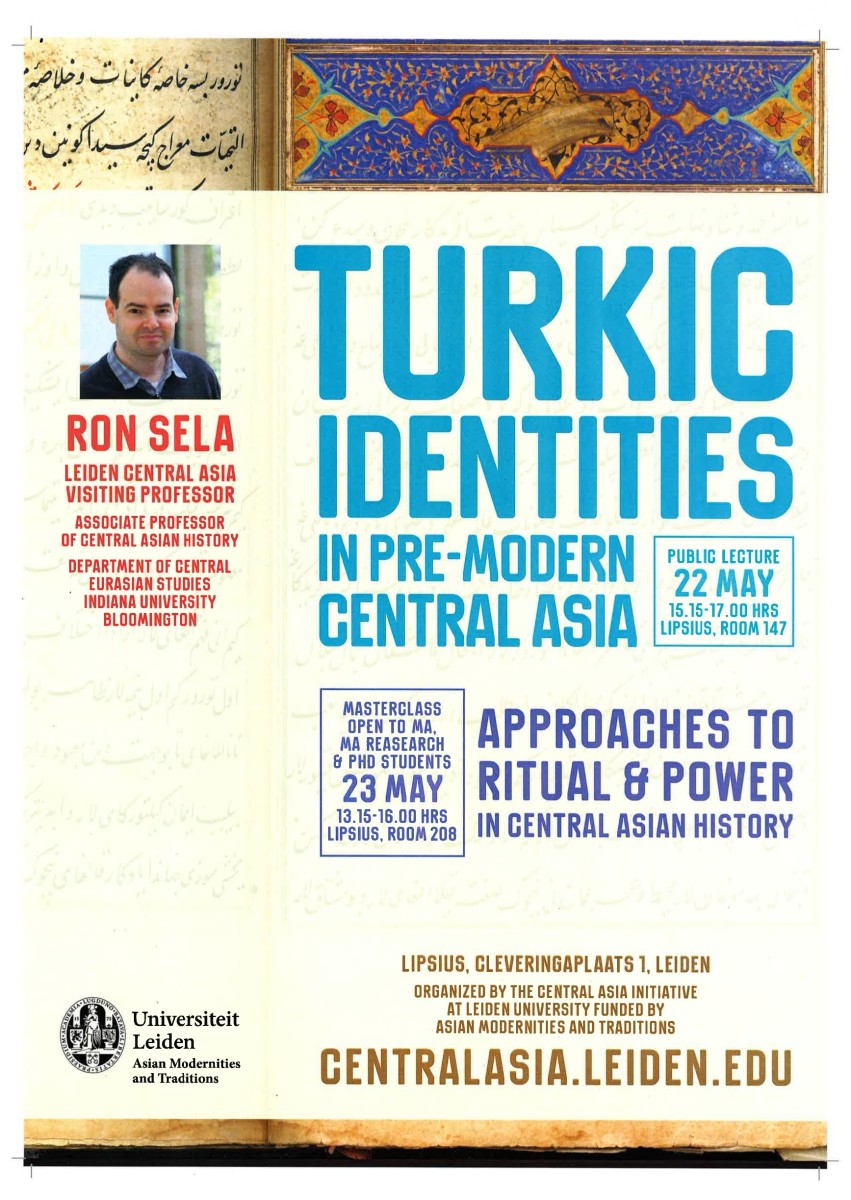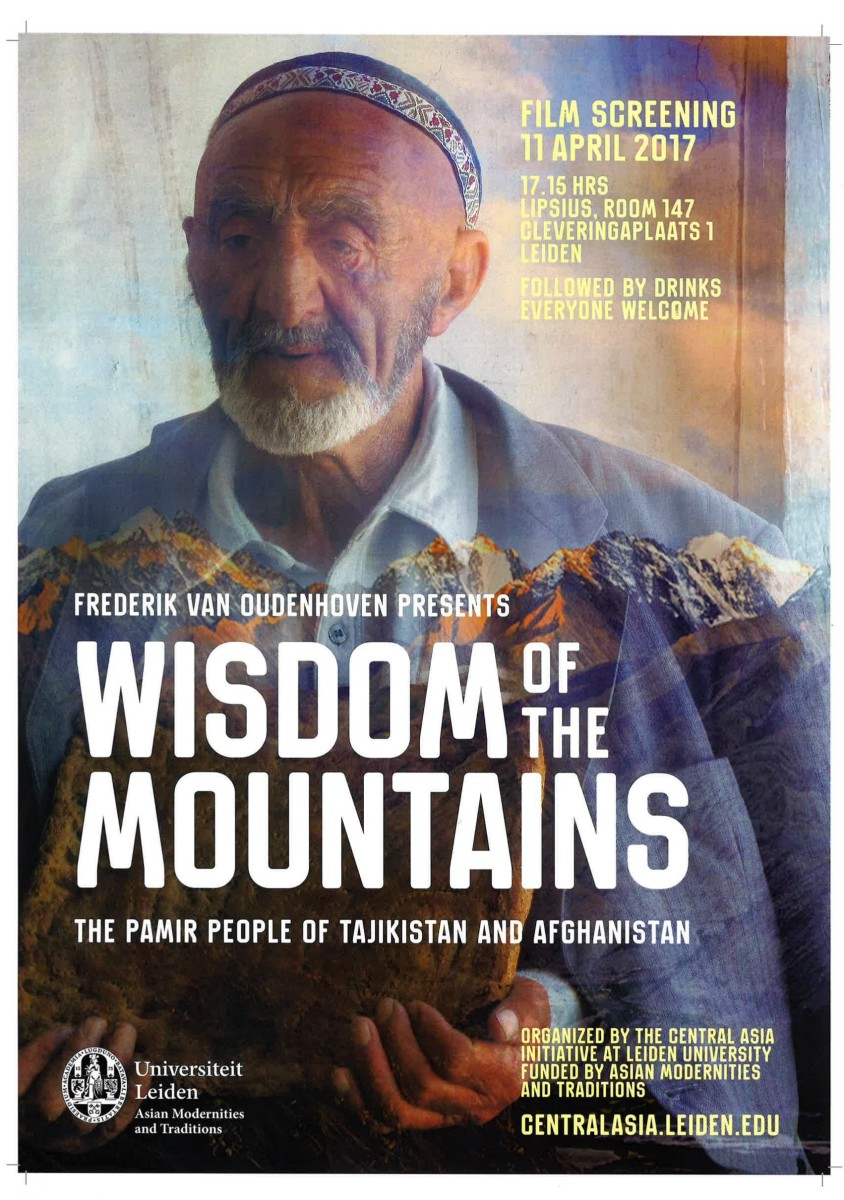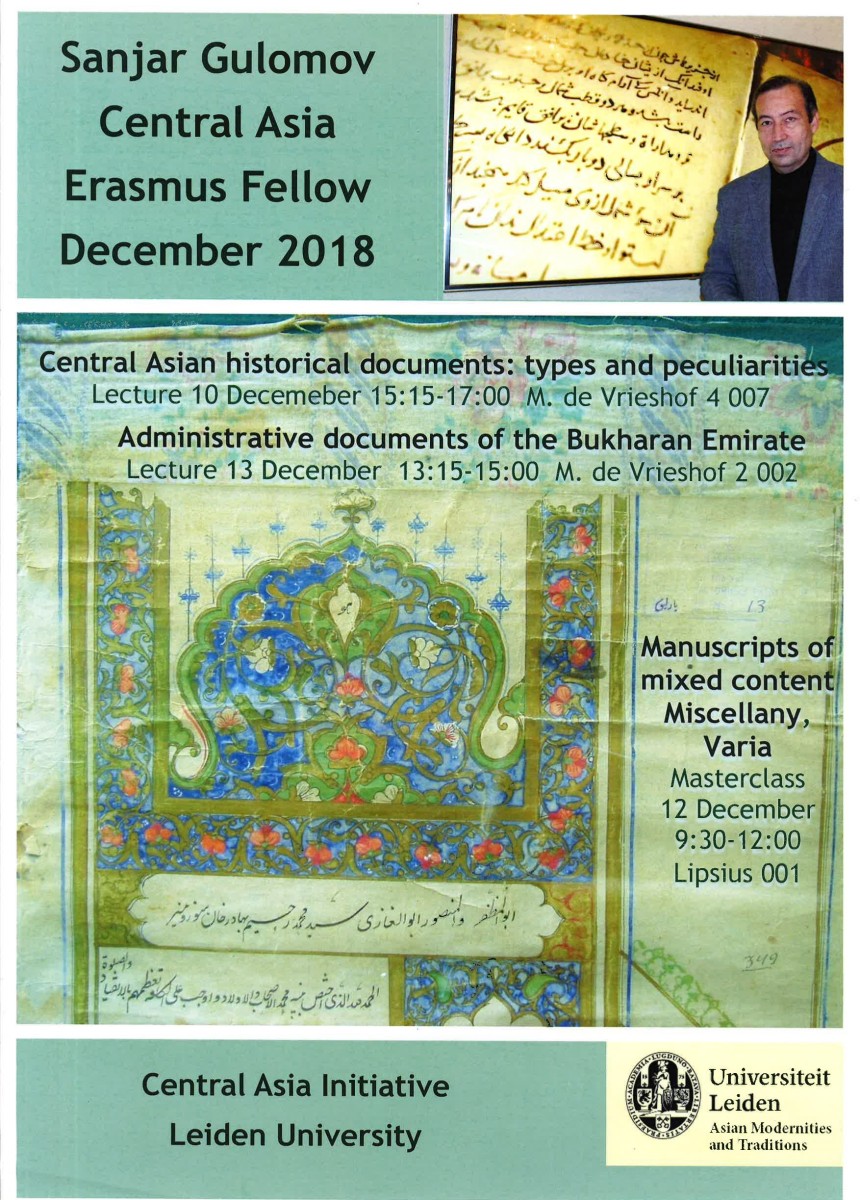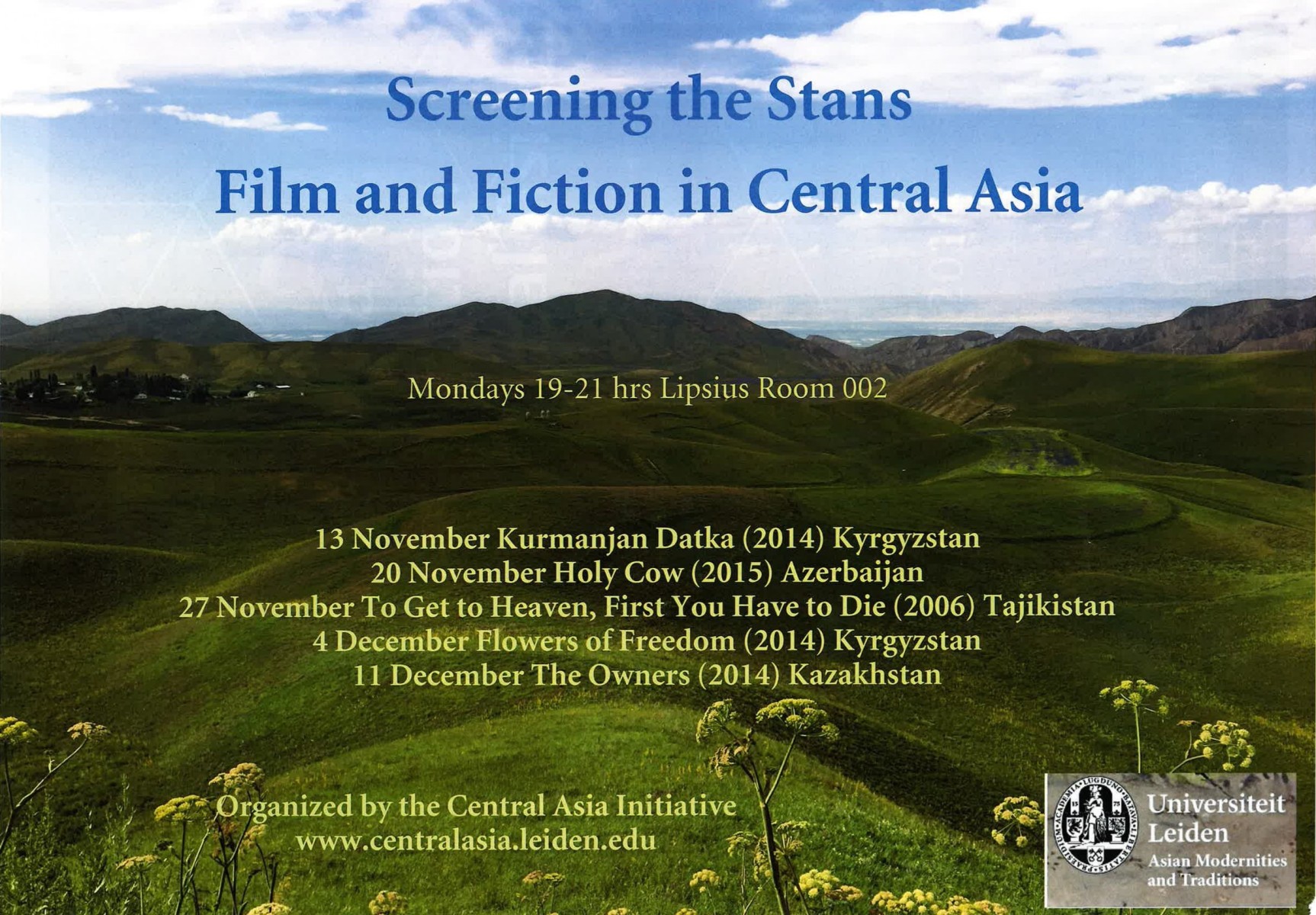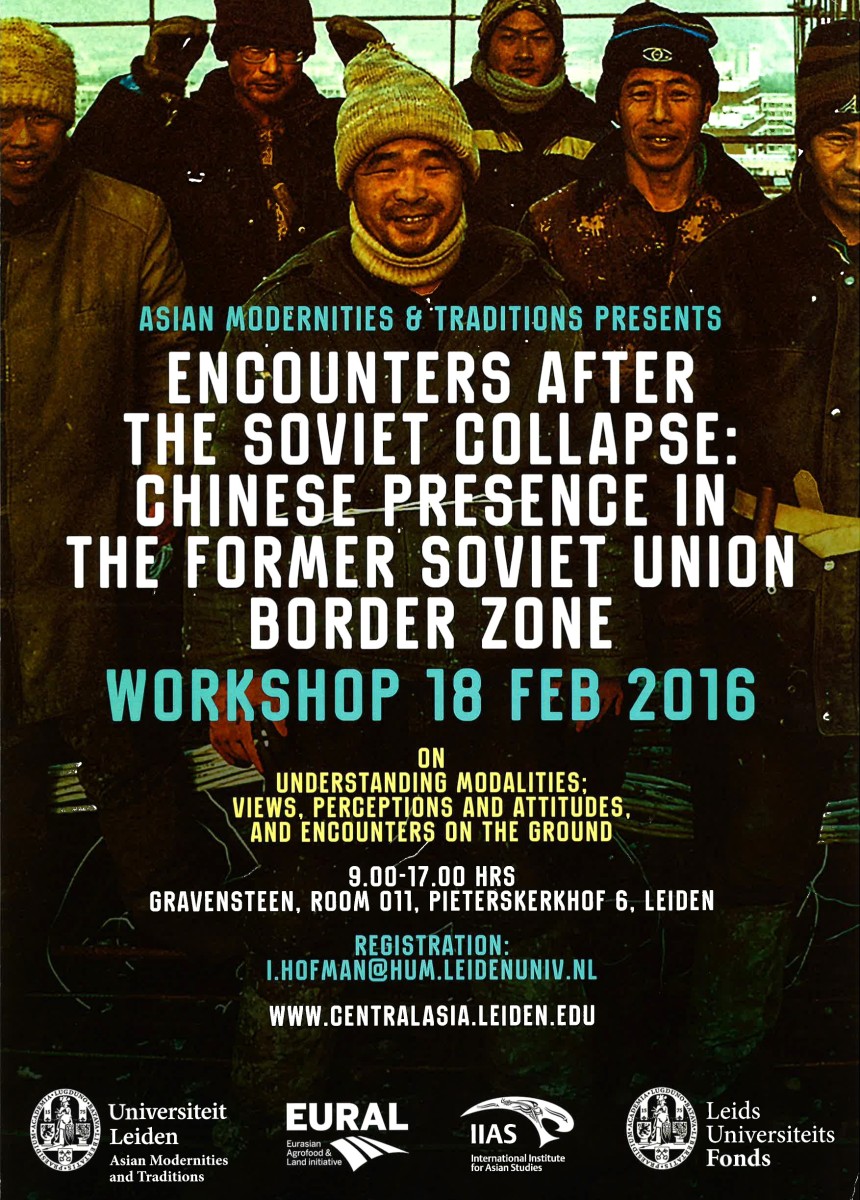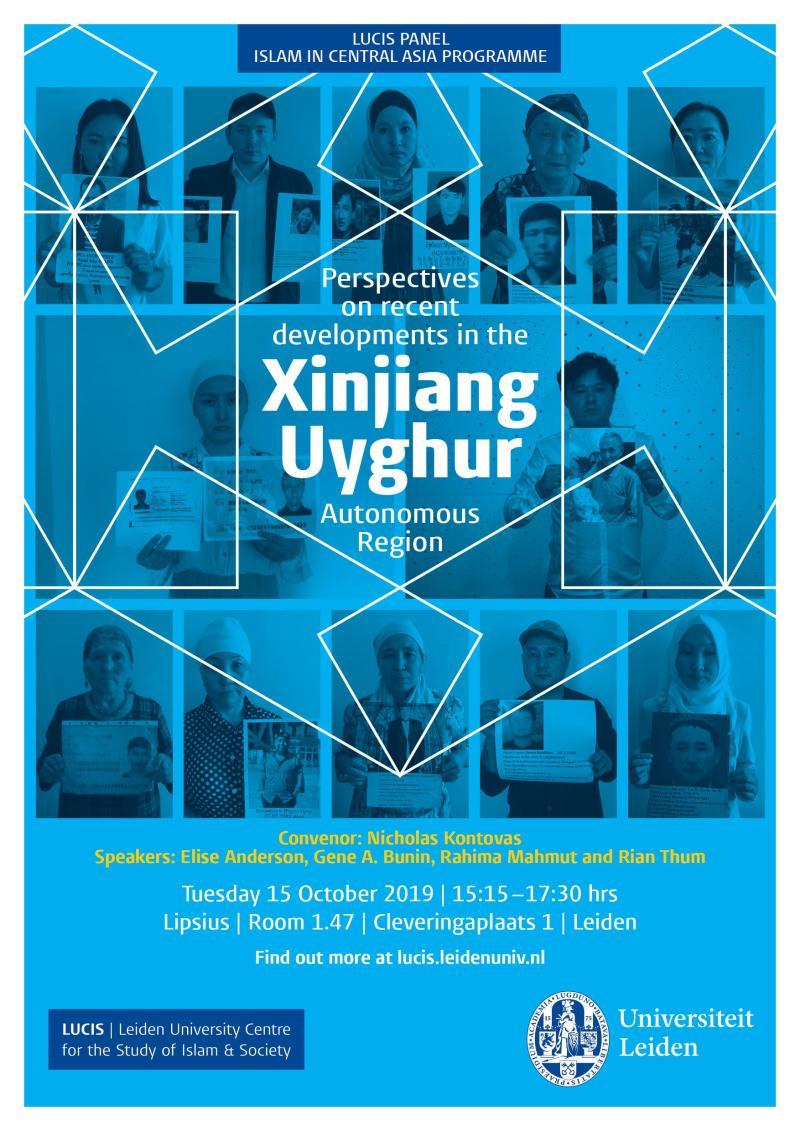The most unexpected innovations and fusions of the world’s religions and material cultures have taken place along the trade and communication networks of Central Asia. The artistic vibrancy of the empires that stretched from China to Iran was reflected in their literary and cultural production. Their artistic excellence combined with an exquisite decorum was the product of continuous exchanges, mixing and melding of traditions.
Introduction – Memory and Commemoration across Central Asia
This website is dedicated to the study of art and culture in Central Asia, with a focus on the period between the 11th and 14th century. In that period Turkic nomadic rulers established large empires in the area that is now often indicated as ‘Central Asia’ and associated with the Silk Roads. The cultural activity in that period of bloom, still has far-reaching consequences for life today. Whether we look at religion, language, (understanding of) literature and poetry, music, architecture or any other artistic expressions, traces of the past are still visible in many aspects of life.
The term Silk Roads was introduced centuries after their demise. However, the trading and travel activity that centred around the cities that lay along the routes that connected different parts of Asia to each other and to Europa and Africa, was vital in establishing the cultural exchange that determined the shape of these cities. Cosmopolitanism brought about by migratory processes that led to ethnic, religious, linguistic and cultural variation, are central to our understanding of this area whether we are focussing on the past or the present.
Photo: Samarqand, Shah-i Zinda. 2013. CC-BY-SA 4.0 Elena Paskaleva.

